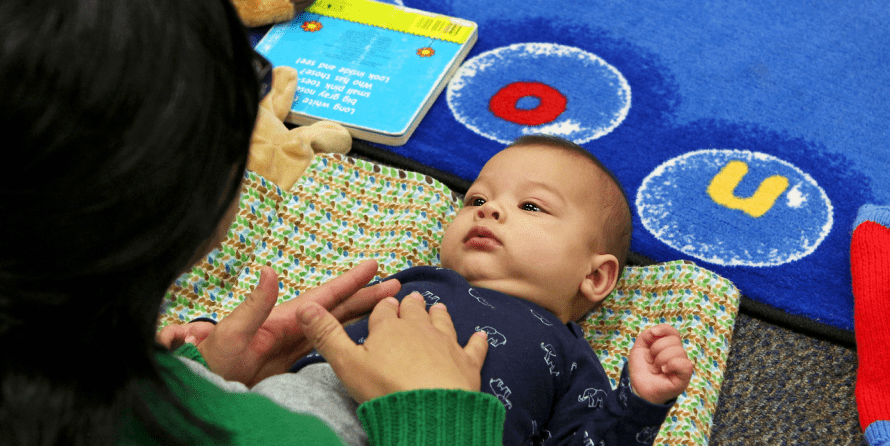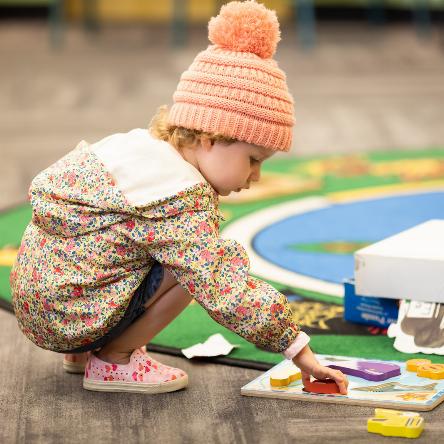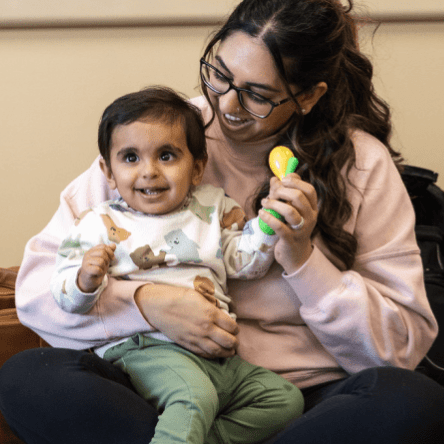Early Literacy
Create a better future for your child. Find out how EPL supports the development of strong language and literacy skills–essential for success in school and life.
Why Early Literacy Is Important
Early literacy is everything children need to know to learn to read and write, which is typically around age five. It includes everything they have seen and heard about books, language and print.
Children who enter Kindergarten with strong early literacy skills have an advantage that carries with them throughout their school years. These skills make it easier for children to learn how to read and write—and becoming a good reader is essential for learning and future school success.
Beginning in fourth grade, children need to be able to read to learn across subjects such as math and science, to solve problems, to think critically and more. That why children who are poor readers by the end of Grade 3 are unlikely to graduate high school. 1
The advantage of having strong reading and language skills continues throughout a child's life. Children with these skills are more likely to find future employment, have a higher income and be happier and healthier overall. 2
Developing strong reading and language skills starts at home.
Daily Five
As your child’s first and best teacher, you can give them a big advantage by having fun, daily interactions. There are five simple activities you should do every day to help your child develop these critical skills.
When you’re doing these activities with your child, remember to use the language you speak at home. Strong early literacy skills in any language will help them learn to read and talk in other languages, including English.

The Daily 5 Booklists
Babies and Toddlers
Beyond ABCs
Discover Beyond ABC, our blog series for parents on nurturing early literacy. Dive into tips, insights, and resources designed to help your child build foundational reading and language skills in fun, engaging ways!
















